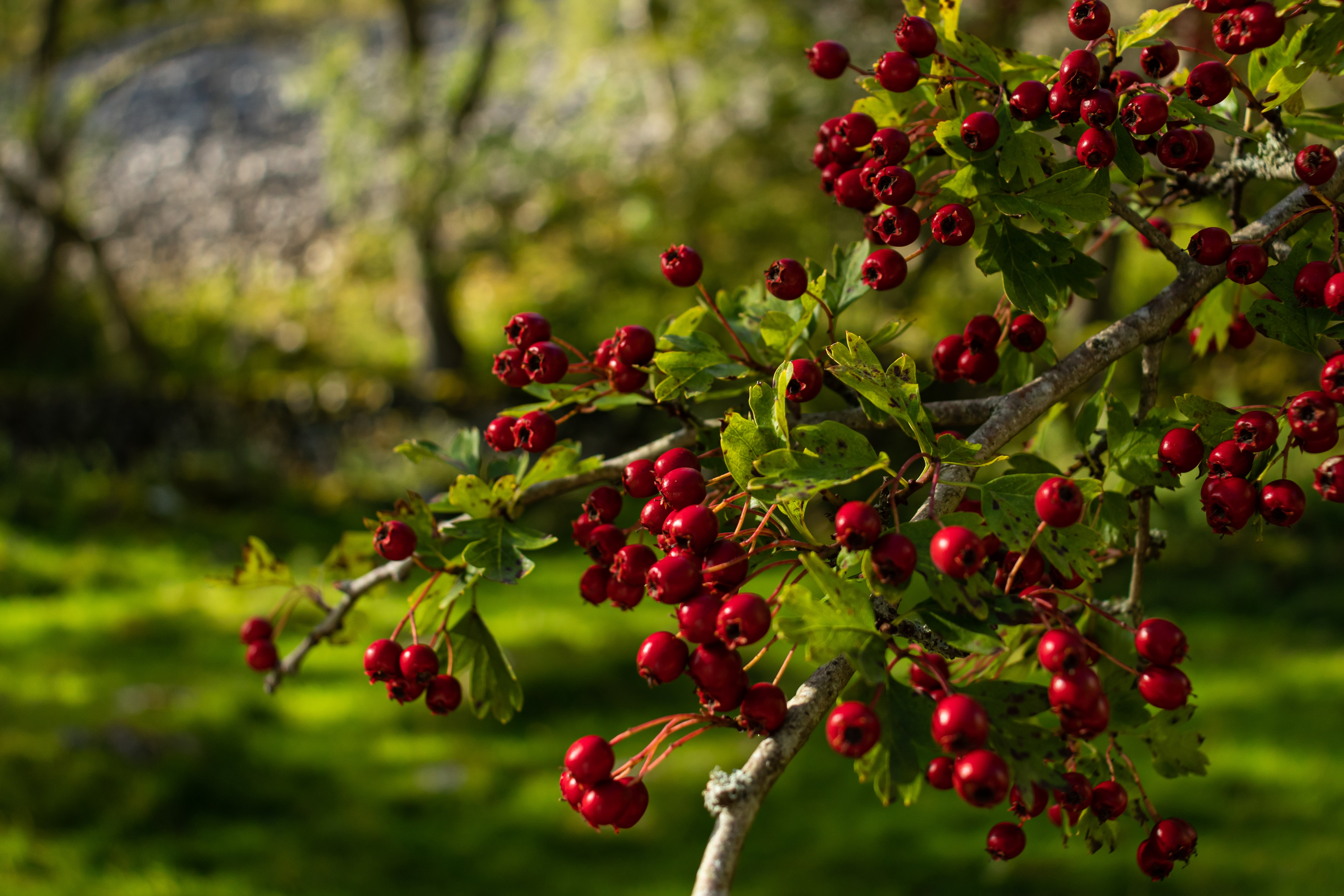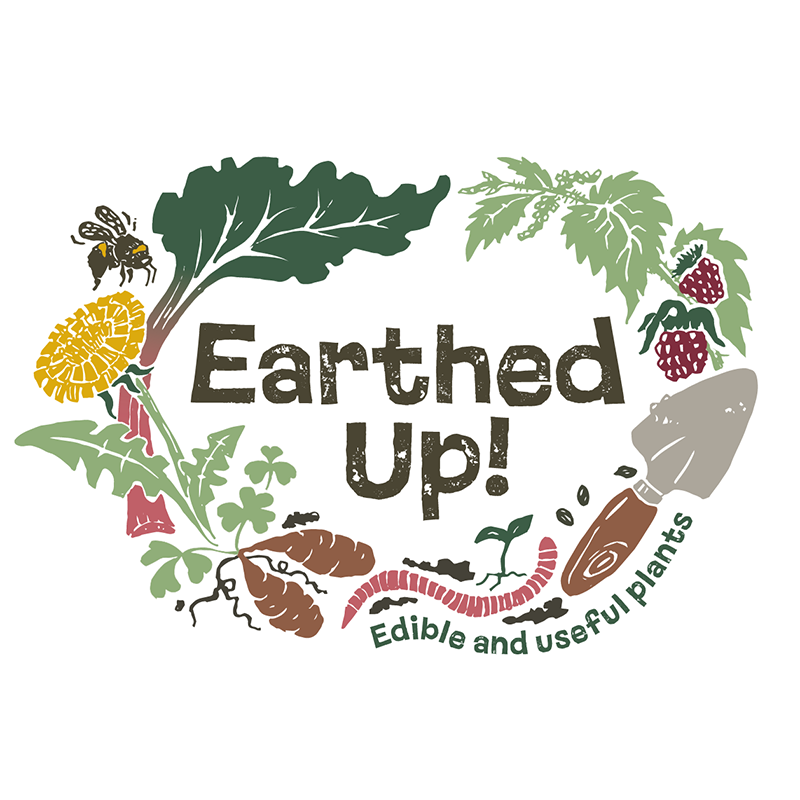Forest gardens are food-producing systems which seek to emulate natural woodland ecosystems as closely as possible. They consist of mainly perennial plants which are agriculturally productive or useful, growing as they would in the wild.
In a forest garden plants are stacked as in a natural forest or woodland. While this structure is universal, each forest or woodland is uniquely composed of species that are specific to its climate and location.
Most temperate forests consist of between four and seven layers of plants (see Graham Burnett's helpful illustration below), while some successionally-advanced tropical forests may feature up to thirteen layers.
The most common seven plant layers are as follows (with examples for forest gardens in temperate climates):
You can explore our project map to find permaculture projects which feature forest gardens, community gardens, compost toilets and much more!

What food can I grow in a forest garden?
Graham Burnett has listed some common products of an English forest garden. Every forest garden is different, but this gives an idea of the huge range and variety of yields possible.
Edible yields: fruit (apples, cherries, currants, gooseberries, grapes, medlars, pears, plums, raspberries), vegetables (Good King Henry, hops, horseradish, Jerusalem artichokes, perennial onions, Turkish rocket), herbs and salads (lemon balm, lovage, mints, ramsons, sorrel, young tree leaves such as lime), nuts and seeds (almonds, hazels, sweet chestnut), mushrooms (lion’s mane, oyster, shitake), beverages (birch sap wine, cider, elderflower cordial, nettle beer).
Non-edible yields: medicinal plants (balms, eucalyptus, periwinkle, St John’s wort, woundwort), fibres (nettles, New Zealand flax), craft and basketry materials (bamboo, coppiced hazel, willow charcoal), building materials, firewood.
Other yields: education, income stream, research data, wildlife, venue for parties, relaxation space, aesthetic and spiritual yields, the list is endless …
How can I create my own forest garden?
Despite the name, forest gardens can be created in modest home gardens, including urban settings. They can also be created on allotments, communal open spaces on inner city housing estates, school yards, and even in containers and tubs on tower block balconies.
Indeed, pioneering forest gardeners have often had limited space; both Robert Hart and Graham Bell used around 0.1 hectares. Although they require some work and money to set up, after a few years require less of both than a conventional garden.
There are tonnes of great resources to help you get started, see the list below for more information!
Where can I buy plants for my forest garden?
You can buy many of the plants in this list from your local garden center, or why not try one of these specialist forest garden nurseries:

Earthed Up!
Belper Lane End, Derbyshire, DE56 2DL
www.earthedup.com
Workers co-operative growing all our own edible and useful plants, grown peat free, without harmful chemicals. Perennial veg and herbs.
The Backyard Larder
www.backyardlarder.co.uk/
A place to explore and buy perennial vegetables and other food plants.
Incredible Vegtables
www.incrediblevegetables.co.uk/
From Anjee's Garden
www.fromanjeesgarden.bigcartel.com/
Where can I learn more about forest gardening?
Other organisations
Books
Websites
Video
Courses
Visit our courses page to find specialist forest gardening courses.
Events
Browse through the events listings and find a forest garden event.
 What is Permaculture Association doing to support forest gardens?
What is Permaculture Association doing to support forest gardens?
Forest gardens are an increasingly popular practice for providing a variety of products in an ecologically integrated way. This is a discipline led by practitioners, with little systematic research into, or review of, this practice until very recently. Such research is necessary if forest gardens are to fulfil their full potential as one of the ways to address the many challenges we are facing in the 21st century and beyond.
In order to address this gap, the Permaculture Association embarked on a participatory trial program in 2010. The trial aimed to observe ten forest gardens over the first 10 years of their establishment. Our aim was to investigate the ecological, economic and social benefits of forest gardens, and to share these lessons within permaculture, research culture and the wider community.
Read more about our 10 year trial and download the full report!
10-year Forest Garden Trial
As part of our 10-year Forest Garden Trial, Karina Ponton created a series of virtual tours. Take a look around some of the forest garden projects which took part in the Permaculture Association's 10-year trial!